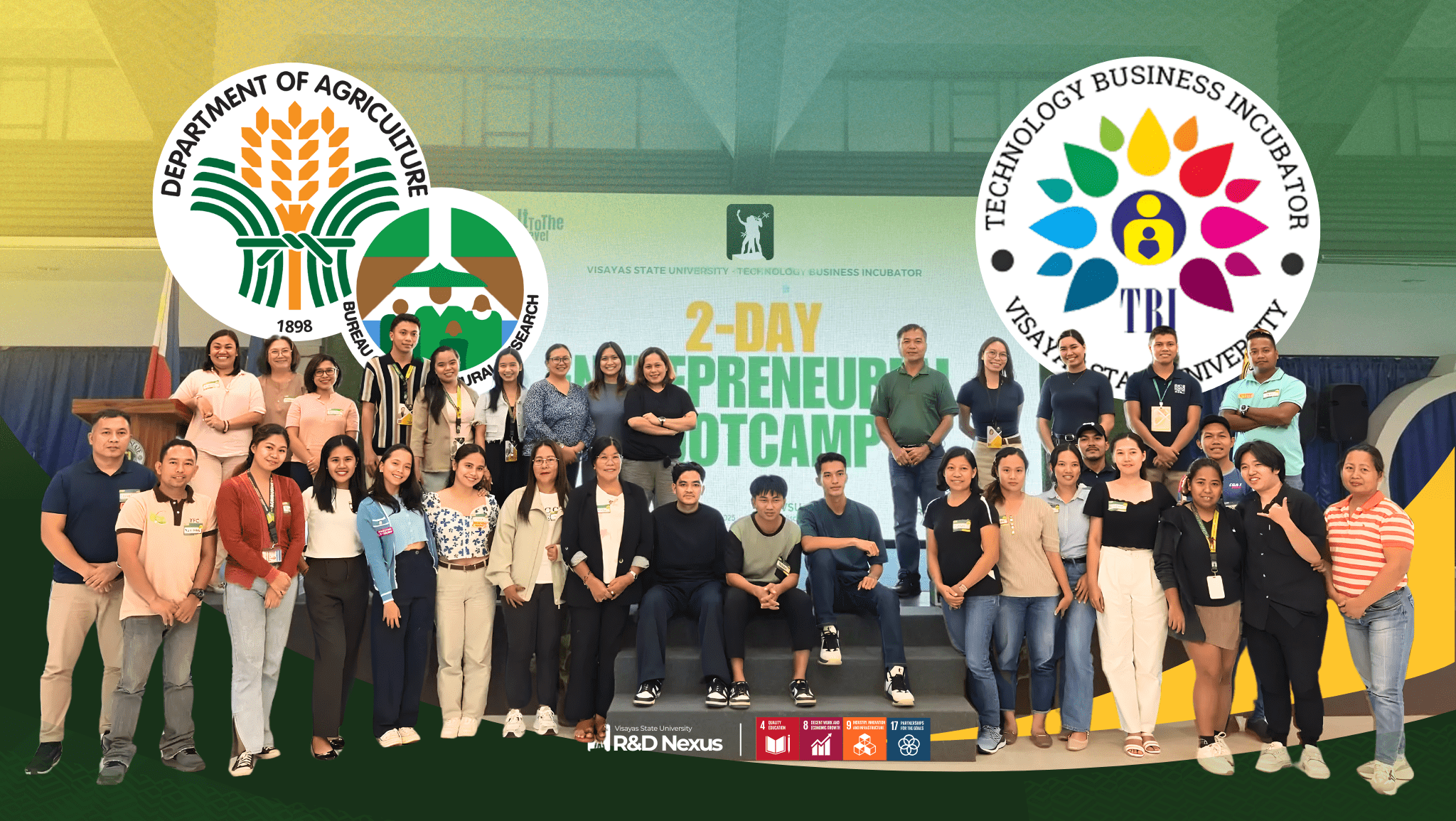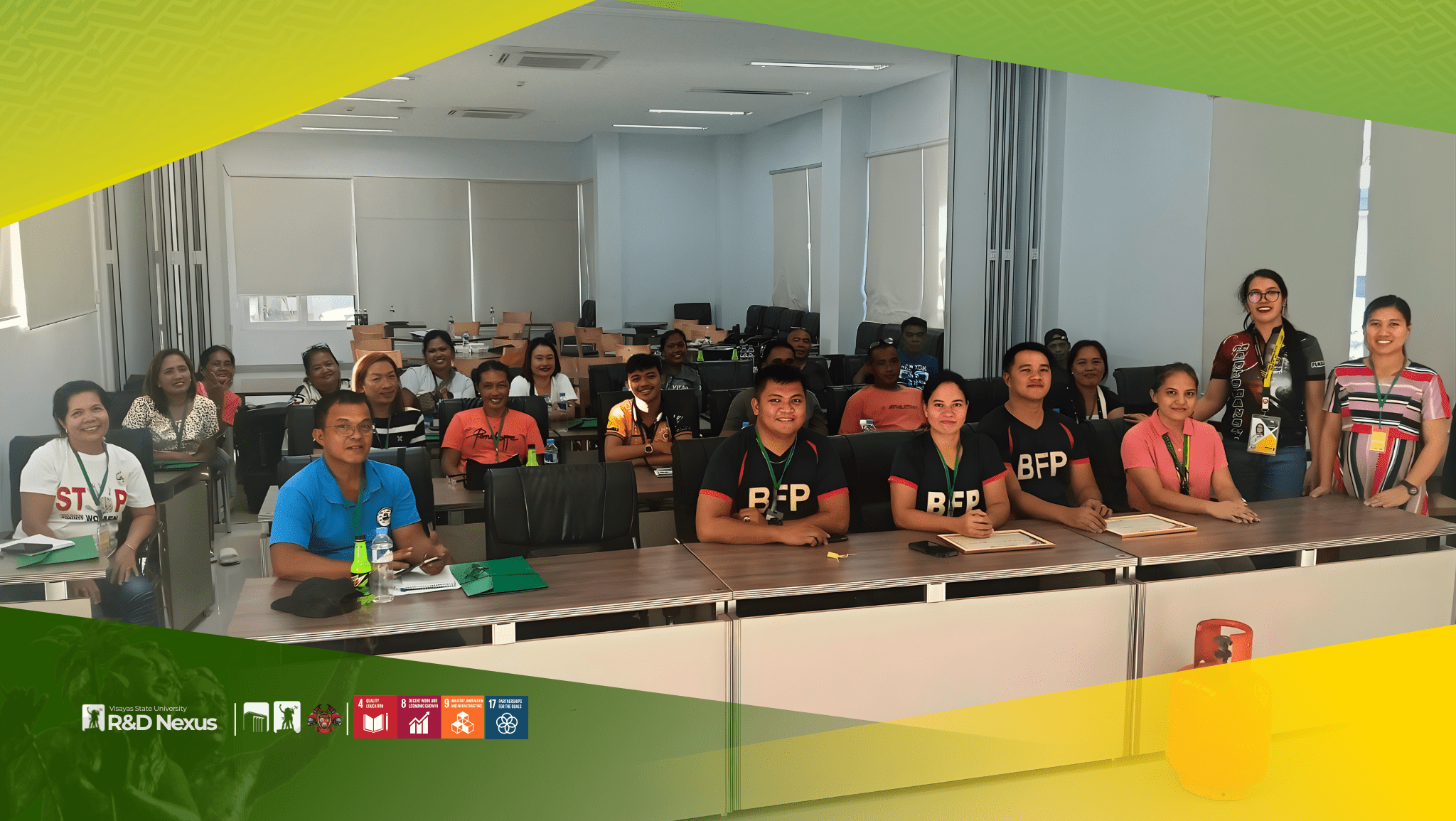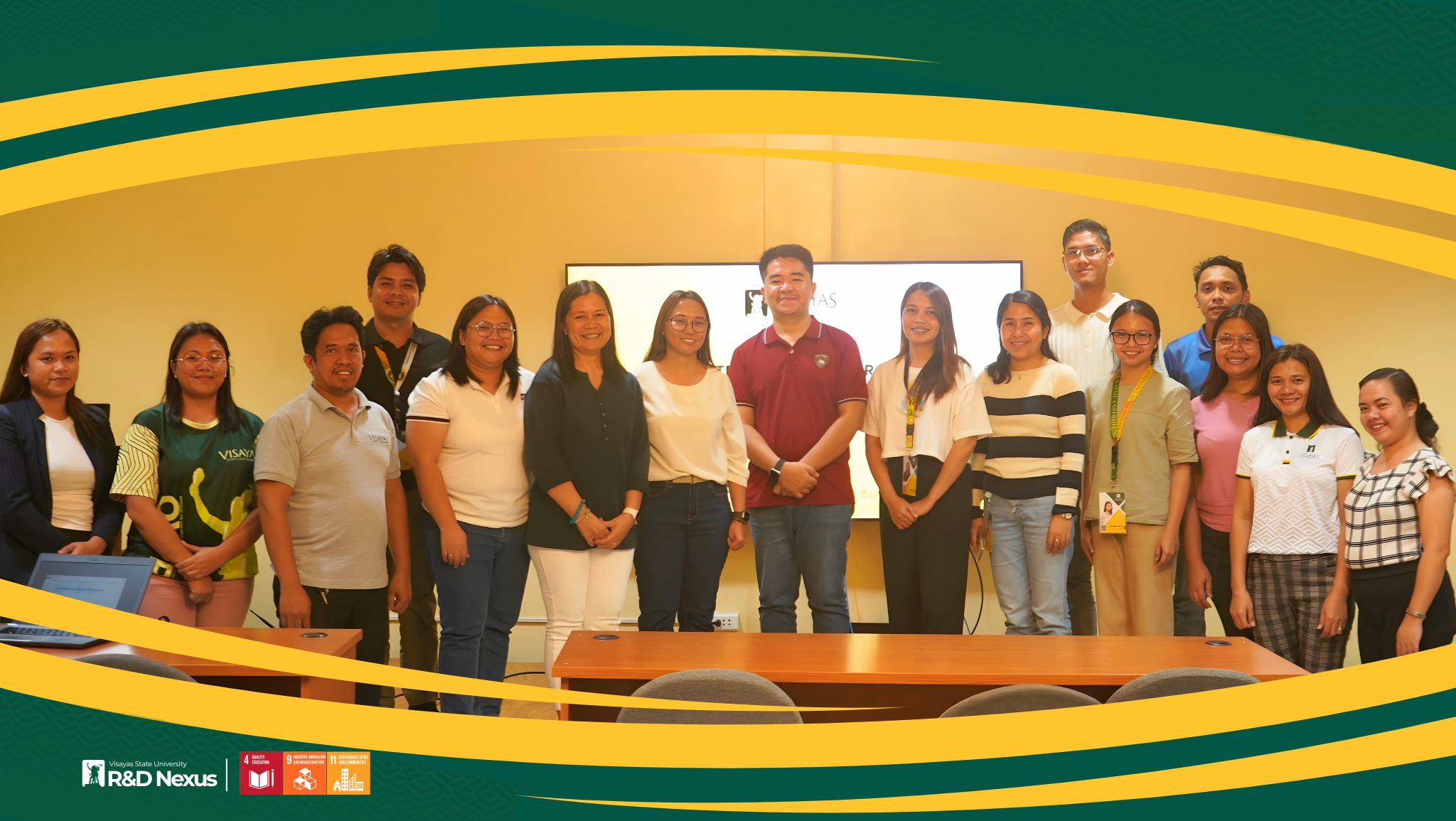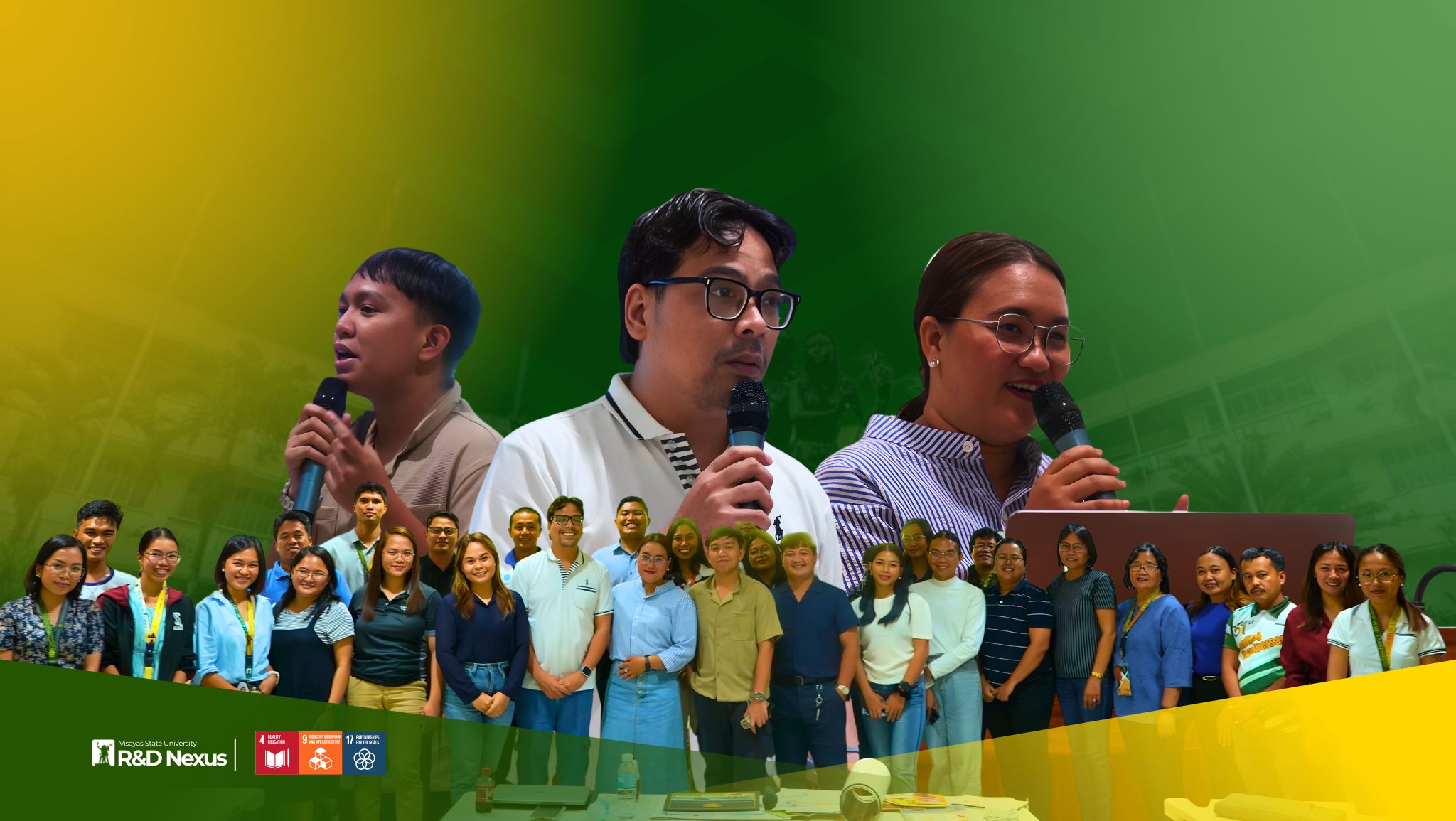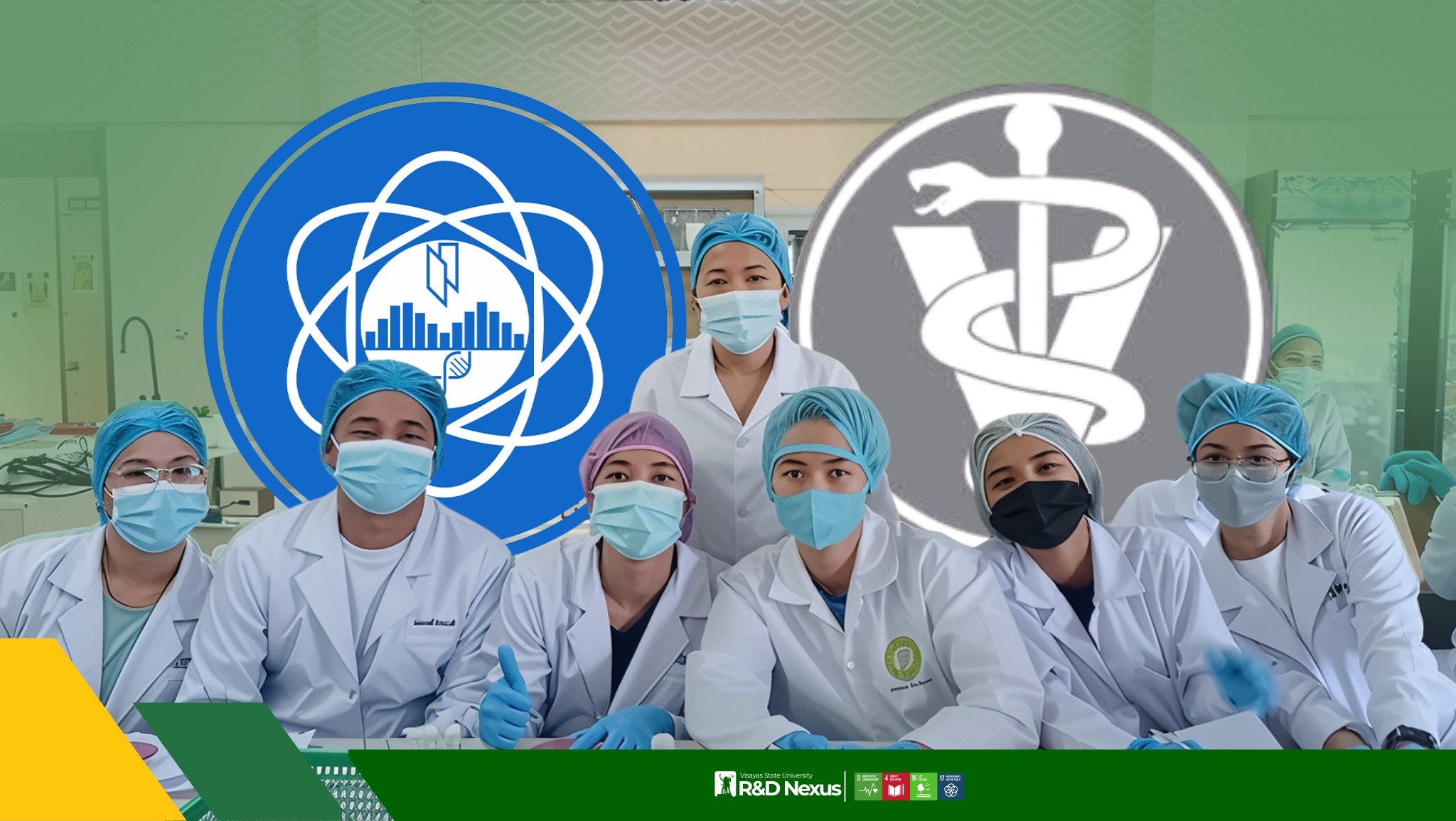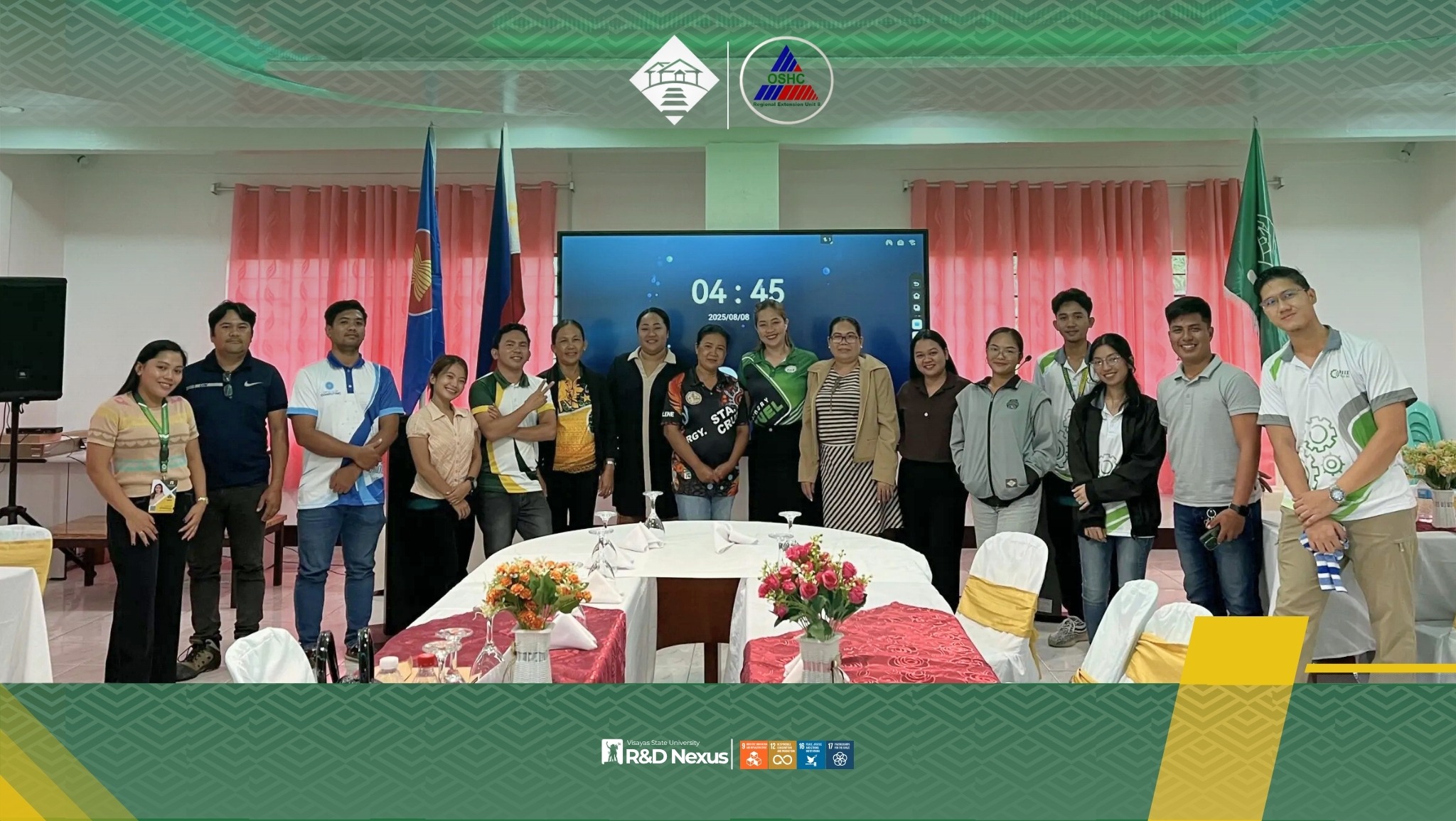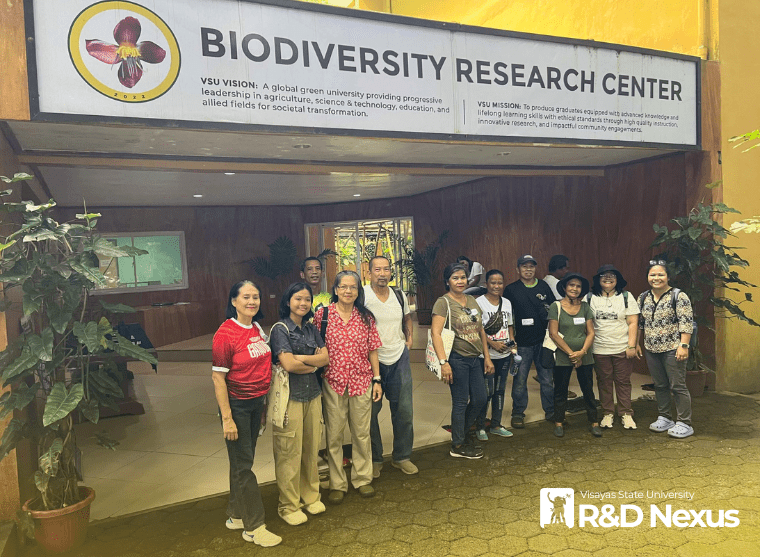
Demo-Site Visit at the Biodiversity Research Center: Bridging Science and Community for VSU’s 101st year
In celebration of the Farmers and Fisherfolk’s Day marking the 101st Anniversary of Visayas State University (VSU), a tour of the Biodiversity Research Center (BRC) demonstration site was conducted. This activity was aimed at increasing awareness on sustainable agriculture and fisheries management as well as the advocacy of the Philippine biodiversity conservation cause among Region 8 farmers and fisherfolk.
The activity began with a trip to the Rainforestation Knowledge Center, where activity members were introduced to the concept and broad principles of rainforestation. The initial session emphasized the importance of using native tree species in restoration and farming practices in order to restore ecological balance, improve biodiversity, and improve climate change resilience.
Through the guided tour at the Rainforest-Agroecological Production Site, the stakeholders viewed a variety of native tree species that were being planted along the walkway. The facilitators introduced the richness of native species to the ecosystem and emphasized the undesirable effects associated with the widespread application of non-native species, particularly Gmelina. Farmers realized the long-term effects of monoculture farming and the potential danger that exotic trees could pose to biodiversity, soil, and water at the local level.
The focal point of the visit was the exhibition of the ex-situ conservation techniques of Aquilaria species. The trees are valued for their resinous heartwood, or agarwood, which is used in the manufacture of perfumes and traditional medicine. The visitors were apprised of current propagation experiments being conducted by the BRC, for example, those on asexual reproduction and micropropagation. Such scientific research attempts to reduce the pressure of natural population harvesting by offering sustainable options for the cultivation of Aquilaria.
The farmers also entered the integrated production unit, where they saw a model farming system combining aquaculture with agroecological farm management practices. A tilapia pond that relied on rainwater represented sustainable fish culture, while the landscape in the background represented a multi-crop configuration that consisted of cacao, abaca, jackfruit, ube, and some species of native trees, namely dipterocarps. Such a configuration represented the potential for balancing agricultural output and forest rehabilitation, hence offering ecological as well as economic benefits to smallholder farmers.
The second half of the activity was a tour of the Biodiversity Research Center building, in which the participants were led through a well-chosen selection of native ornamental plants. They saw native and endangered flowering plants, such as Medinilla teysmanii, some Hoya species, and native orchids. The exhibits demonstrated the aesthetic and ecological value of Philippine flora, and the possibilities for other sources of revenue in the form of native plant species cultivation.
The most interactive session was for conservation of Aquilaria and agarwood production. The participants were given a set of chopped wood samples that were taken from partner communities and were handed over to them, and they were instructed about the importance of the process through which agarwood forms as a response to disease or injury. The participants were also given a chance to smell agarwood oil produced by the center, which gave them a tangible idea about the importance of the tree. This activity made the farmers value more the conservation activities and the economic benefits of cultivating Aquilaria sustainably.
Throughout the visit, the farmers were visibly interested and inquisitive, asking particularly about propagating indigenous species and how to apply Aquilaria in their agriculture. The informal discussions indicated a genuine interest in applying what they had witnessed, with many asking how to have successful growth of indigenous trees on their farms.
As a climax to the event, three Aquilaria seedlings were donated to each of the agriculturalists to initiate conservation efforts on their respective farms. The seedling donation was not just a symbolic act but a tangible measure that empowered local communities to embark on biodiversity conservation. In conclusion, the field visit to the demonstration site was a bold and successful action that effectively fulfilled its functions of knowledge transfer, community engagement, and biodiversity promotion. It gave farmers and fishermen a greater appreciation of their role as partners to sustainable agriculture while, at the same time, preserving and rehabilitating the Philippines’ high biological diversity.


